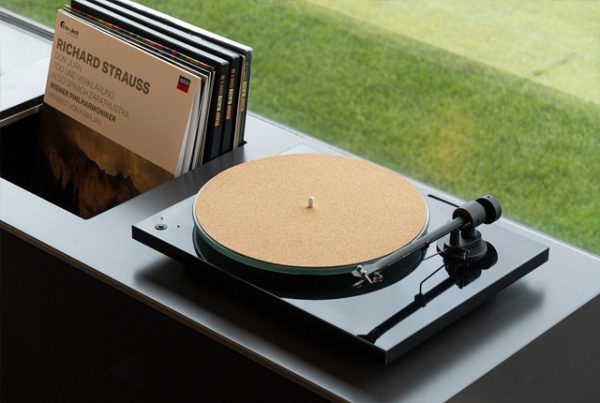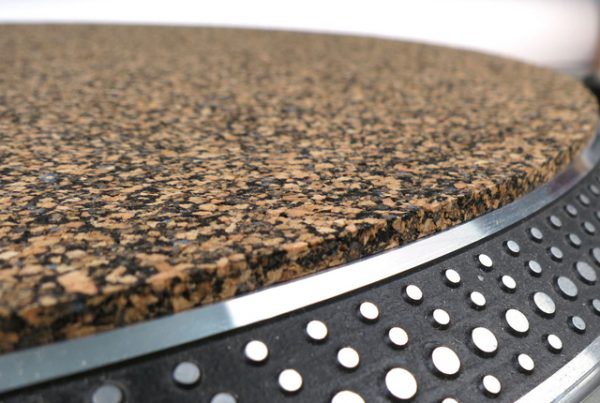Cork Mats for Turntables

Not many people know, but cork is a useful material even in such a narrow field as the production of turntables, or more precisely, gramophone mats. A gramophone mat protects records from scratching and improves listening comfort. The most popular gramophone mats are most often rubber mats and those made of cork. Cork mats for turntables tend to be slightly softer in terms of sound, while rubber mats have a more damping effect on playback. If the air is dry in the room, it may be profitable to switch to a rubber or cork mat to minimize static effects. A cork mat is often used because it absorbs vibrations generated by the motor and produces less static electricity than felt mats.

An interesting fact is that turntables also use a rubber cork material as a mat. Both cork and rubbercork work best on metal plates. One thing to remember when adding a rubber turntable mat or a cork mat to your turntable is that you will have to reset the turntable VTA as these mats are almost always thicker than the felt mat they are replacing.

Cork mats seem to be a bit softer in terms of sound. Probably the cork makes the biggest difference in sound of all disc mats. This mostly inexpensive option is great for creating a smooth contact between the plate and platter, making it incredibly easy to separate the disc after use. An additional advantage of cork mats is that they are a very grateful material for printing all kinds of patterns on it. The Internet is full of unique mats for lovers of analog audio. And if you don’t find anything for yourself, you can make such a pattern yourself and put it on the mat.
